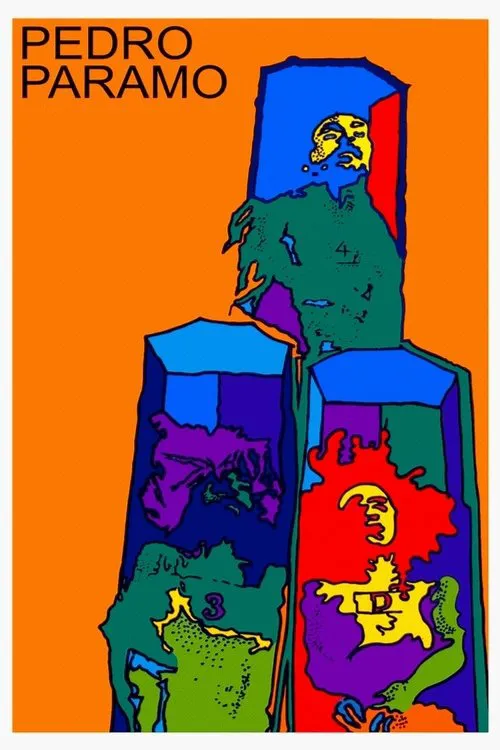Pedro Paramo

Plot
Pedro Páramo is a haunting and surreal exploration of the human psyche, a journey down the rabbit hole of a Mexican village that is seemingly trapped in a perpetual state of limbo. Based on the 1955 novel of the same name by Juan Rulfo, the film follows Juan Preciado, the son of the village's wealthy and powerful patriarch, Pedro Páramo. Juan's journey to Comala, the village where his father resides, is a quest for inheritance, but it quickly descends into a nightmare of mysterious voices, eerie whispers, and an otherworldly atmosphere. Juan's arrival in Comala is met with an unsettling sense of abandonment and decay. The once-thriving village is now a ghost town, its streets empty and its buildings crumbling. The eerie silence that pervades the village is broken only by the whispers of unseen voices, which seem to emanate from nowhere and everywhere at the same time. Juan is drawn to the local cantina, where he meets Donisio, the enigmatic and sinister proprietor, who seems to hold the key to understanding the village's secrets. Donisio, sensing Juan's unease, offers him a cup of coffee and begins to weave a tale of Comala's dark past and the mysterious figure of Pedro Páramo. Donisio's words are laced with a sense of foreboding and dread, hinting at the tragic events that have befallen the village and its inhabitants. As Juan listens, he begins to realize that Comala is a village trapped in a never-ending cycle of violence, betrayal, and death. Throughout the film, Juan encounters a cast of characters who are either spectral apparitions or living embodiments of Comala's collective unconscious. There's the seductive and mysterious widow, Abuela Quintina, who seems to embody the village's guilt-ridden conscience. There's also the sinister and abusive patriarch, Pedro Páramo himself, who is both a physical presence and a disembodied voice, embodying the darker aspects of the village's history. As Juan navigates the treacherous landscape of Comala, he begins to question his own identity and the nature of reality. Is Comala a physical place, or is it a manifestation of his own psyche? Is Pedro Páramo a real person, or a symbol of the village's collective guilt? The lines between reality and fantasy are constantly blurred, leaving the audience questioning what is real and what is just a product of Juan's fevered imagination. One of the most striking aspects of Pedro Páramo is its use of symbolism and metaphor. The village of Comala is a character in its own right, embodying the darker aspects of human nature. The abandoned buildings, the crumbling streets, and the whispering voices all serve as a metaphor for the decaying remnants of human memory and experience. The film is a powerful exploration of the human condition, a journey into the heart of darkness and despair. The cinematography of Pedro Páramo is stunning, capturing the eerie and decaying beauty of Comala. The black-and-white images are imbued with a sense of timelessness, as if the village has been frozen in a perpetual state of limbo. The use of shadows, lighting, and composition creates a sense of tension and foreboding, drawing the audience into the world of Comala. Overall, Pedro Páramo is a haunting and thought-provoking film that explores the darker aspects of human nature and the devastating consequences of unchecked violence and power. It is a powerful allegory for the human condition, a journey into the heart of darkness and despair. The film's use of symbolism and metaphor adds depth and complexity to the story, leaving the audience to ponder the meaning and significance of this enigmatic and haunting tale.
Reviews
Recommendations




